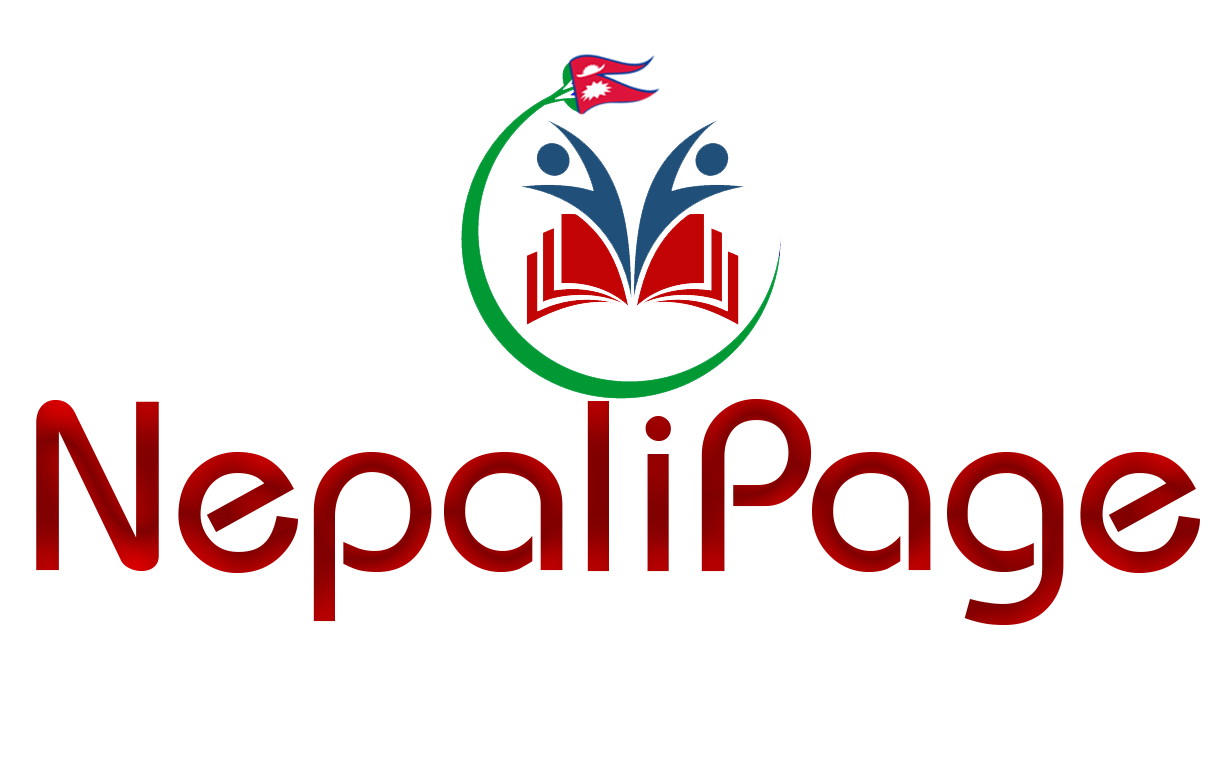Buying a tax deduction calculator is a yearly ritual for Nepalese Canadians. The task is typically exhausting. In any case, we’ve gathered all the relevant information in one place to help you through the worst season of the year. Below is the tax bracket that you should know.
Your Tax Bracket – How to Identify It
Depending on where you live in Canada and how much income you declare, you’ll pay a certain amount of taxes. On December 31, you must reside in the province where your provincial rate is calculated. In this scenario, you would be subject to the Nova Scotia provincial tax rate if you moved from Ontario to Nova Scotia in July and lived in Nova Scotia on December 31.
What are the tax brackets in Canada?
Your taxable income determines tax brackets, i.e., your gross income from all sources fewer tax deductions you may be entitled to. The net income is the income after you’ve taken all your eligible deductions.
You can calculate your net taxable income by applying the appropriate federal and provincial rates if you know your taxable income. Adding the federal and provincial income tax rates together is how you calculate the total.
Your marginal tax rate is the total amount you pay between federal and provincial income taxes at tax time. When you file your T1 General Income Tax Return (the form with the exciting-sounding name that you fill out at tax time), your tax rate varies depending on how much income you declare and where you live in Canada.
Read Also: Permanent Residency in Canada for Registered Nurses

Rates of Federal Tax Brackets in 2022
Based on information from Canada Revenue Agency (CRA), the following is the federal tax rate for 2022:
- The first $49,020 in taxable income is taxed at 15 %, and
- The tax rate is 20.5% on the portion of taxable income over $49,020 up to $98,040 and
- A portion of your taxable income over $98,040 up to $151,978 is 26% tax rate.
- A percentage of taxable income over $151,978 up to $216,511 is taxed at 29%
- A taxable income over $216,511 is taxed at 33%
Rates of provincial taxes in 2022 (in addition to federal taxes)
Your provincial income tax will be determined based on where you live on December 31. Consequently, if you intend to switch towns to a province with lower taxes, do it before December 31 of the calendar year.
Tax deductions and tax credits in Canada
You can reduce your tax liability or income through tax credits and deductions.
Factoring tax credits in Canada
Both federal and provincial tax credits are indeed available, and you’ll be delighted to hear that they can help you pay less tax. You can choose either a non-refundable or refundable credit.
Non-refundable tax credit in Canada
The amount of tax owing is reduced by a non-refundable tax credit. Taxable income must be earned to claim a non-refundable tax credit.
A surplus amount will not be refunded if you have more tax credits than taxes owing. You may have to pay no tax if you have non-refundable credits.
The following example will illustrate what I mean: if you owe $2500 in taxes and have non-refundable tax credits of $2700, your taxes will be reduced to zero, but you will not receive the $200 extra.
The following tax credits are non-refundable:
- Persons who owe taxes may claim the personal exemption amount.
- Taxpayers aged 65 and older are exempted.
- Taxpayers with children are exempted.
- Taxpayers receiving a pension are exempted.
- Disabled persons receive a special exemption.
- Tax exemption is granted to caregivers of disabled individuals.
There are also non-refundable tax credits for tuition, medical expenses, employment insurance, and Canada Pension Plan deductions, as well as interest paid on student loan debt. Several provinces also offer tax credits to reduce their provincial taxes.
Read Also: Scholarships in Canada, Nepalese students can apply for

Refundable tax credits
Anyone who qualifies for refundable tax credits receives them, regardless of income.
Refunds are generally made throughout the year. Non-refundable tax credits are most commonly known as the GST/HST payments received by low-income families with less than $42,000.
Tax deductions
Many people believe tax deductions don’t work. A tax deduction reduces your gross income in addition to lowering your taxes, rather than reducing the amount of taxes you have to pay.
Tax deductions are most commonly used for:
- Adjustment of pension benefits. Any pension contributions you make on your behalf during the calendar year are credited to you.
- On your T-4 slip listing your income and taxes for the year, box 52 will show the Pension Adjustment amount that your employer deducted.
- Professional dues and union dues.
- Children’s expenses.
- Registered Retirement Savings Plan (RRSP) contributions up to the maximum allowable amount per year. The amount of RRSP contribution room can be found in the contribution receipt provided by your financial institution but also in your Notice of Assessment (the summary form you receive after you have filed your previous year’s taxes) from your tax account.
- Contributions to charities or political parties
The combined tax rate in Canada
The combined tax rate is the sum of the federal and provincial tax rates.
Additionally, incomes in the highest tax bracket are subject to surtaxes.
Provincial tax rates range from approximately 20% to around 53% taxable income in the lowest tax bracket. In addition, those with taxable income over $20,000 must pay a Health Premium each year.
What is the deadline for paying taxes in Canada?
Taxes must generally be paid throughout the year, as they accrue. Taxes are typically deducted from your paycheque and submitted to the federal government on your behalf. Your tax return would require you to pay tax if your employer did not deduct enough during the year.
After filing your tax return, you may get money back if you think your employer has deducted too much from your paycheck because you claim deductions or credits.
People usually prepare their tax returns either by following the instructions in the CRA’s tax return packages or by purchasing a computer program that will ask you for information and then calculate your taxes for you.











